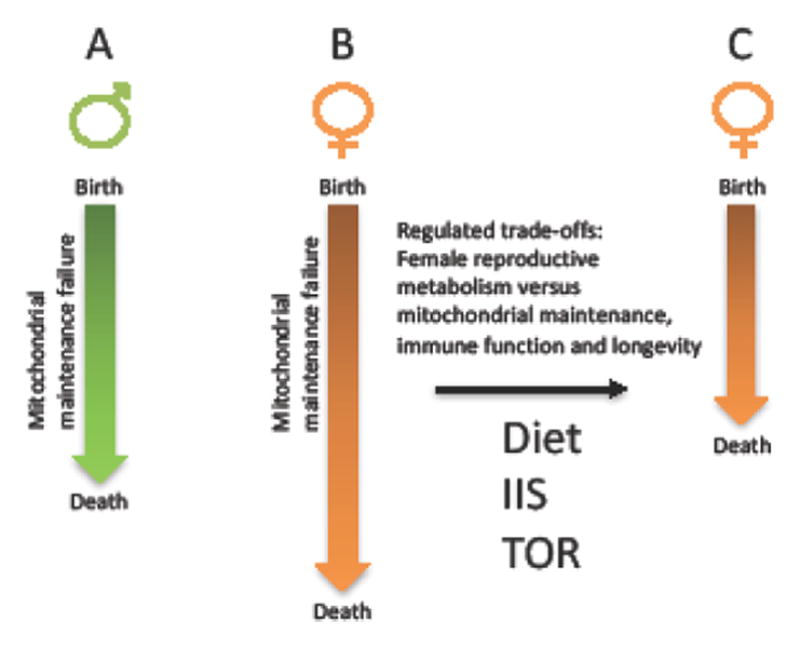Figure 2. Model for sex differences in life span regulation.

Block arrows indicate life span. A. In males, mitochondrial maintenance failure follows a relatively linear trajectory. B. In females, the “protected X” and the optimized control over mitochondrial function and maintenance allows for a more gradual mitochondrial maintenance failure, and a longer potential life span. C. In females, the greater degree of control over mitochondrial function and turnover allows for more dynamic responses to the environment, including diet and reproductive status. This enables greater magnitude trade-offs between reproductive metabolism versus mitochondrial maintenance and immune function in females relative to males, sometimes resulting in shorter life span in females relative to males. Depending upon where the female physiology falls in the continuum between B and C, the same dietary or genetic intervention might have the same effect in males and females, a female-specific effect, or even an opposite effect in males and females.
